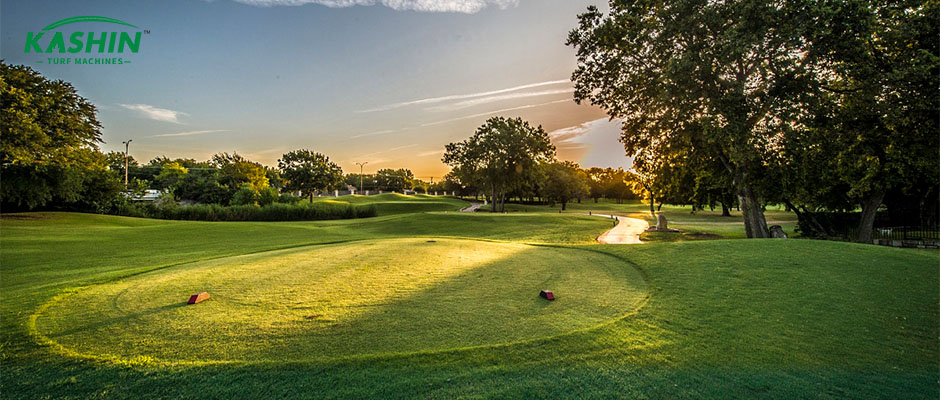Winter management of cool-season lawns
Cool-season lawn grasses can still have life activities when the soil temperature is higher than 5 degrees Celsius. Although the leaves on the ground do not grow, they can photosynthesize. The underground roots can still grow. The long green period is a major advantage of cool-season lawn grass. If the lawn is not properly managed in winter, the lawn leaves will dry up and turn yellow prematurely, affecting the appearance. The lawn management measures are as follows:
1. Fertilization. When the temperature drops below 8 degrees Celsius, the upper part of the lawn grass has basically stopped growing, but it has good photosynthesis and can improve frost resistance. Fertilization in late autumn can promote the growth of underground roots, provide a guarantee for the safe wintering of the lawn, and at the same time, the winter green period of the lawn will be extended.
2. Watering. Although the cool-season lawn grass grows slowly in winter and uses less water, its life activities still require a certain amount of water. In addition, the northern part of my country is particularly dry in winter. If water is not replenished in time, the soil is too dry, the lawn grass leaves will turn yellow prematurely, the green period will be greatly shortened, and the superiority of the cool-season lawn grass will be lost.

3. The lawn is prohibited from being used and trampled during frost. When the temperature drops below zero degrees Celsius, the above-ground organs of the lawn grass will freeze and become stiff. At this time, if there is mechanical suppression or trampling, the stems and leaves of the grass will break, seriously damaging the lawn. At this time, any activities on the lawn should be prohibited until the sun comes out, the temperature rises, and the ice in the stems and leaves melts, then you can start activities again.
4. Pruning. In the dry and cold north, the leaves of the cold-season lawn above the ground will gradually turn yellow from top to bottom. In order to extend the green period, you can use pruning to gradually reduce the pruning height and extend the green period. Low-pruned lawn grass will turn green earlier in the spring of the next year. For some stadium lawns, in order to ensure that the lawn has a longer green period in winter, underground pipe heating can be used to increase the soil temperature to ensure the normal growth of lawn grass.
Post time: Oct-25-2024
